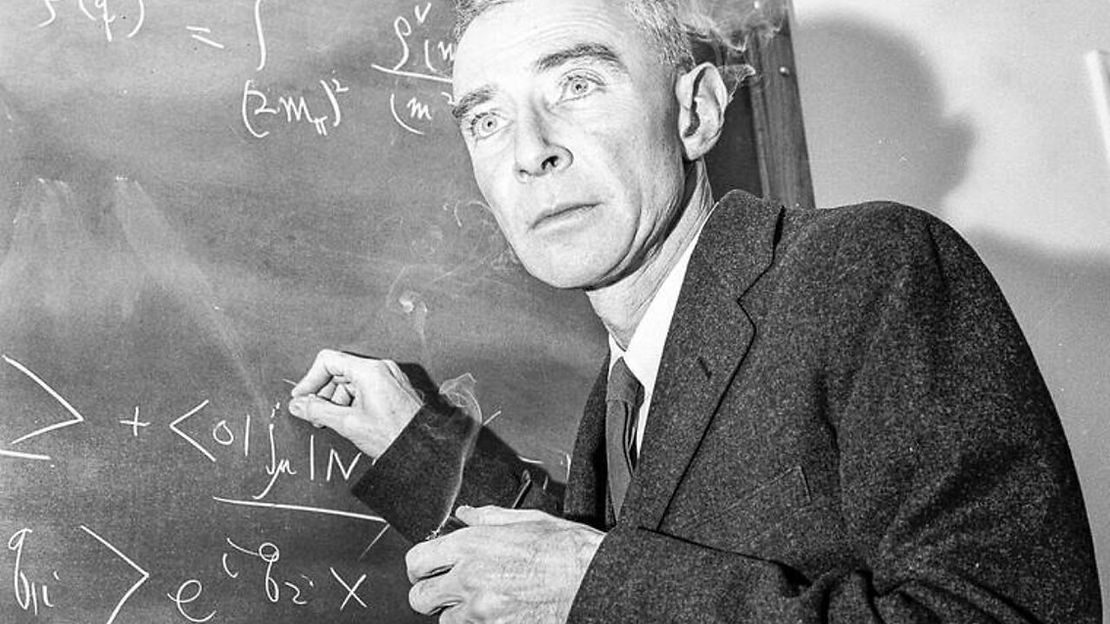By: Connor Wahng
In the mid-summer of 1945, famous researcher, J. Robert Oppenheimer, and his fellow researchers working on the Manhattan Project prepared to complete their first test of their newly developed atomic bomb in the middle of a New Mexican desert.
When the plutonium contraption was activated atop a hundred-foot-tall tower in a test code-named “Trinity,” the explosion caused by the detonation was much stronger than initially anticipated. The resulting mushroom cloud rose much higher into the atmosphere than expected too: 50,000 to 70,000 feet. Where the gas would travel was ultimately unknown.
Released last week Thursday, a recent study found that the cloud produced by the Trinity experiment went much further than anyone could in the Manhattan Project in 1945 have anticipated. Using modern tools, such as simulating software and recently discovered weather data from that time, the author of the study suggested that the radioactive fallout from Trinity reached 46 states in the United States, as well as the two bordering countries.
The study reexplored the aftermath of all the atomic tests in Nevada and created a rough map that displayed where most radioactive particles were across the U.S.
“How much of Trinity’s fallout remain at original deposition sites across the country is difficult to calculate,” said Susan Alzner, one of the authors of the study and the co-founder of shift7, an organization that worked with the research group. Documents of the study show deposition as it originally hit the ground in 1945.
“The extent to which America nuked itself is not completely appreciated still, to this day, by most Americans, especially younger Americans,” Dr. Alex Wallerstein, a nuclear historian at the Stevens Institute of Technology in New Jersey, stated.
Source: https://www.nytimes.com/2023/07/20/science/trinity-nuclear-test-atomic-bomb-oppenheimer.html











